Current, Voltage, and Energy Flow in Circuits
1/58
There's no tags or description
Looks like no tags are added yet.
Name | Mastery | Learn | Test | Matching | Spaced |
|---|
No study sessions yet.
59 Terms
Charge
one of the basic properties of the elementary particles (electrons and protons) which can be positive or negative and occurs in whole number units.
Conservation of charge
The net amount of charge produced in any transfer process is zero.
Like charges
repel each other.
Unlike charges
attract each other.
Conductors
Metals are good electrical conductors because any charge placed on them is free to move throughout the atom.
Insulators
Substances that do not allow free charge movement - outer electrons are tightly bound to the atoms - Poor conductors of electricity.
Semiconductors
Their conductivity is variable - they can behave as insulators or conductors.
Superconductors
Materials that acquire infinite conductivity (zero resistance to the flow of charge) usually at very low temperatures.
Coulomb
a measure of electric charge.
Electric charge measurement
Electric charge is measured in units called coulombs named after French physicist Charles-Augustin Coulomb.
Charge on a single electron
1.6 x 10^-19 C.
Voltage
a measure of electric potential energy per unit charge, measured in joules per coulomb; often referred to as electric potential.
Volts
a unit of electrical potential or voltage, equivalent to 1 joule per coulomb of charge.
Electric current
the rate of motion of electric charge.
Current formula
I = charge (q) / time (t).
Ampere
One ampere of electric current is a flow of charge of 1 coulomb per second.
Charge calculation example
Calculate the charge in coulombs of 1.25 x 10^25 electrons: 1.6 x 10^-19 x 1.25 x 10^25 = 2 x 10^6 C.
Charge in coulombs of electrons
Calculate the charge in coulombs of 6.02 x 10^23 electrons.
Current example
A charge of 30C passes through a light bulb in 1 minute. What was the current in the bulb?
Conventional Current
The motion of positive charges from positive to negative, opposite to electron flow.
Electron Flow
The direction of actual electron flow is from negative to positive.
Direct Current
When electric current flows from the source of a charge around a circuit in one direction, with constant magnitude and direction over time, e.g., batteries.
Alternating Current
Oscillating current flow in two directions, e.g., household electricity.
Ammeter
An instrument used to measure current through a component in electric circuits.
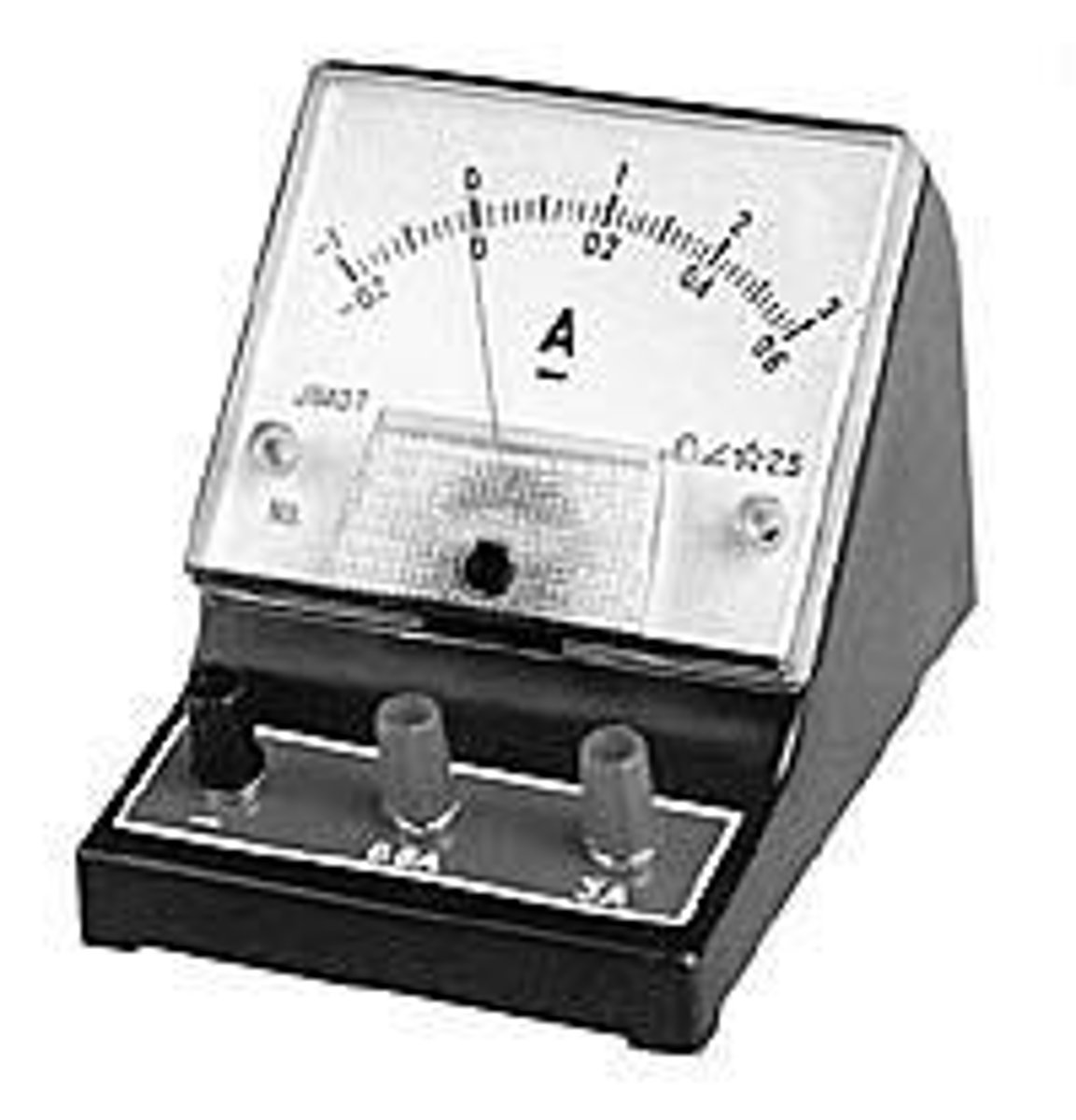
Voltmeter
An instrument used to measure voltage across a component in electric circuits.
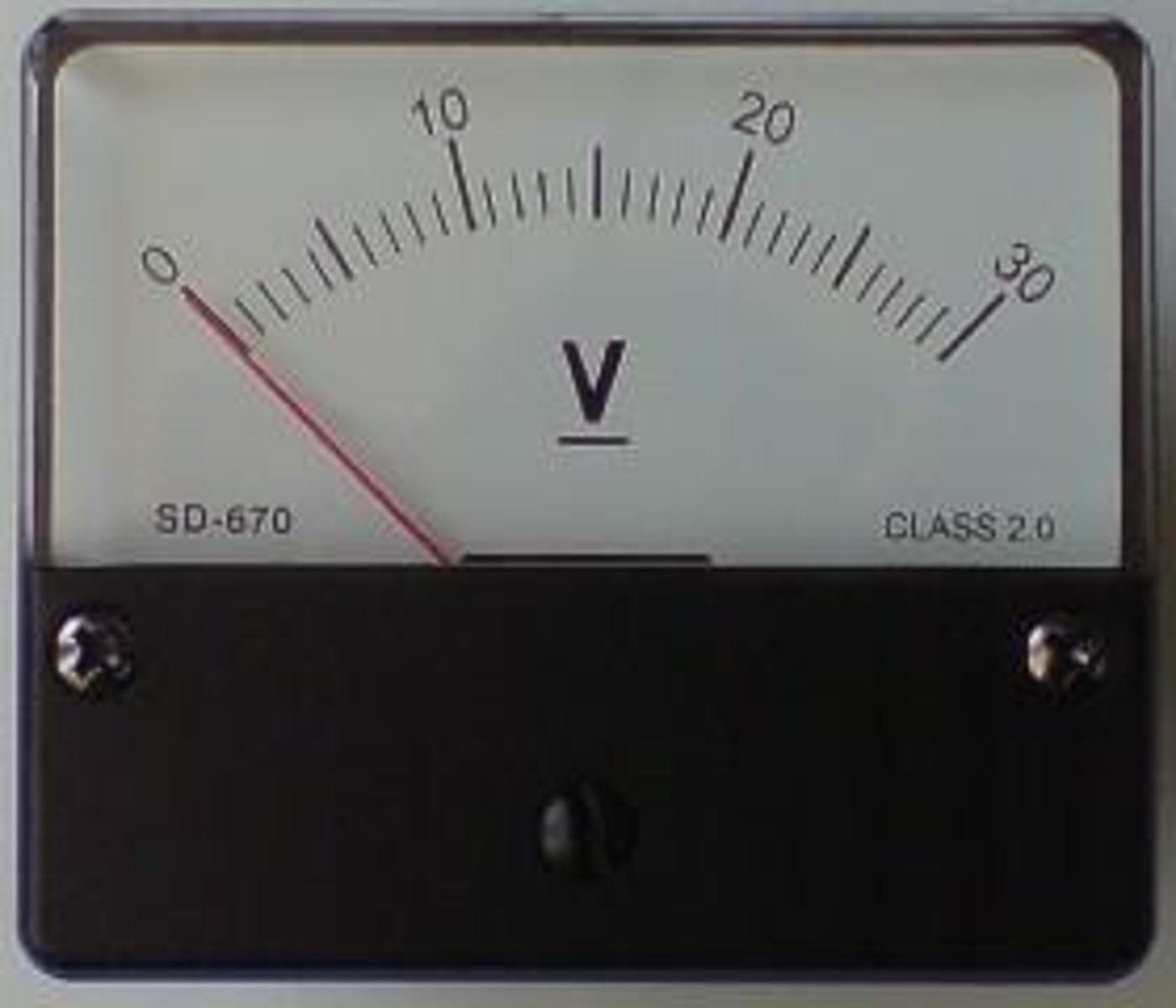
Multimeter
An instrument that can measure current, voltage, and resistance in a circuit.
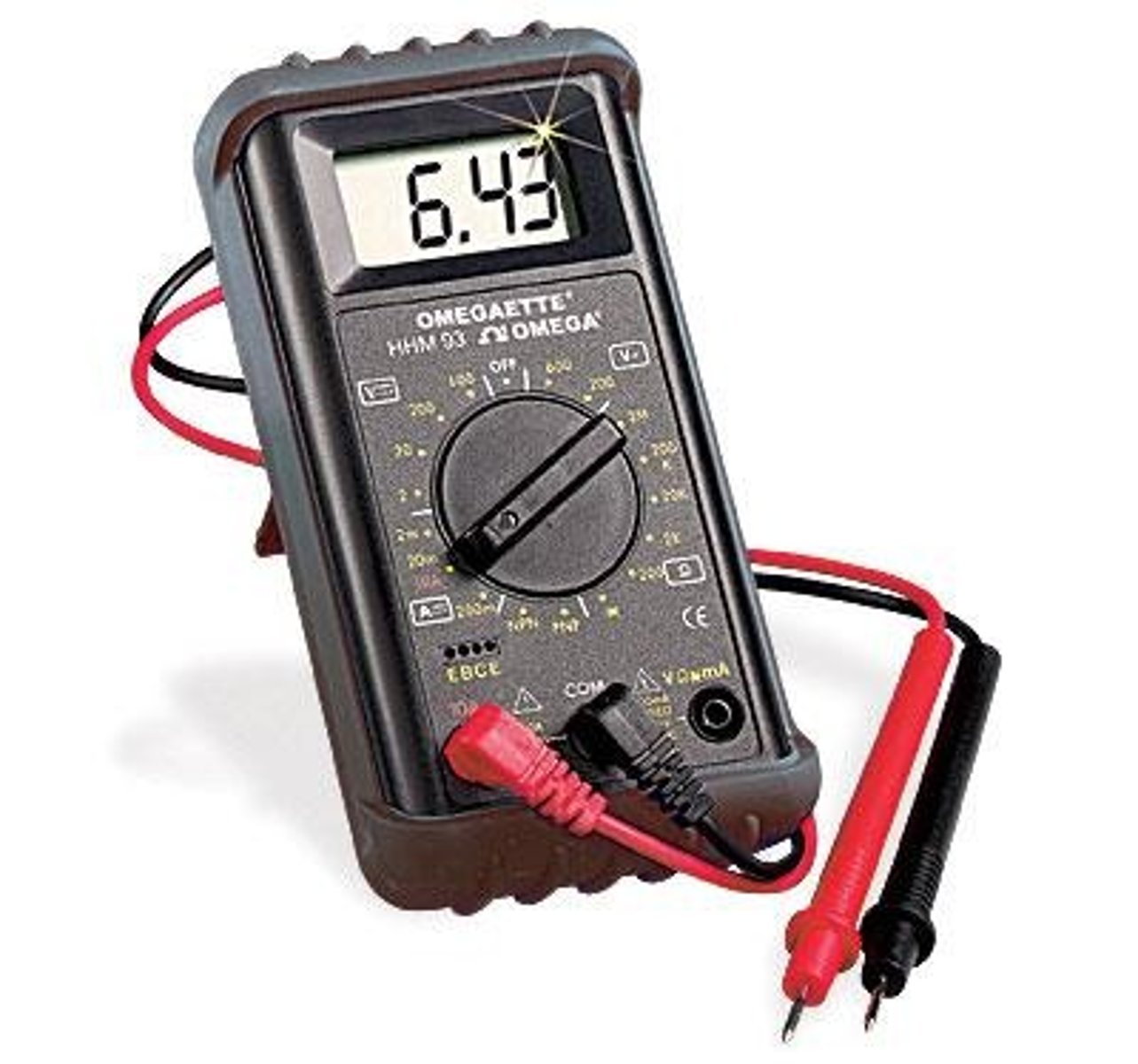
Electric Potential
The amount of work needed to move a unit charge from one point to another, measured in Joules per Coulomb.
Electric Potential Energy
The energy stored in a charge or the capacity of the charge carriers to do work due to their position.
Potential Difference
The difference between two electric potentials, measured in volts (V), usually referred to as the electromotive force (EMF) of the cell.
Electric Potential Formula
V = W/q, where V is electric potential, W is work done, and q is charge.
1 Joule per Coulomb
Equal to one Volt.
Coulombs of Charge Calculation
The total charge can be calculated using the number of electrons flowing, where 1 electron = 1.6 x 10^-19 coulombs.
Current Calculation
Current in amperes can be calculated by dividing the total charge (in coulombs) by the time (in seconds) it takes for that charge to flow.
Work Done on Charge
If 1 joule of work is done on 1 coulomb of charge, the electrical potential is increased by 1 volt.
Negligible Effects of Meters
Ammeters and voltmeters require current to operate but have negligible effects on the current and voltage.
Electricity and Electrostatics History
Experiments with electricity and electrostatics were conducted before the discovery of electrons, assuming positive charges were moving.
Current Measurement
Current is measured in amperes (A).
Voltage Measurement
Voltage is measured in volts (V).
Resistance Measurement
Resistance is measured in ohms (Ω).
Household Electricity
Typically refers to alternating current (AC) that oscillates in two directions.
Battery Current
Batteries provide direct current (DC) that flows in one direction.
Work-Energy Principle in Electricity
It requires work to be done on a positive charge to pull it away from a negative charge, similar to moving an object against gravity.
Work done
The energy transferred when a charge moves through an electric potential difference, calculated as W = V x q.
Electrical Power
The rate of energy transfer or the rate at which electrical work is done, given by P = W/t.
Watt
The unit for electrical power, equivalent to one Joule per second.
Resistance
The opposition to the flow of electrical current in a circuit, measured as the ratio of voltage to current.
Ohm's Law
A principle stating that the current through a conductor between two points is directly proportional to the voltage across the two points, expressed as V = I x R.
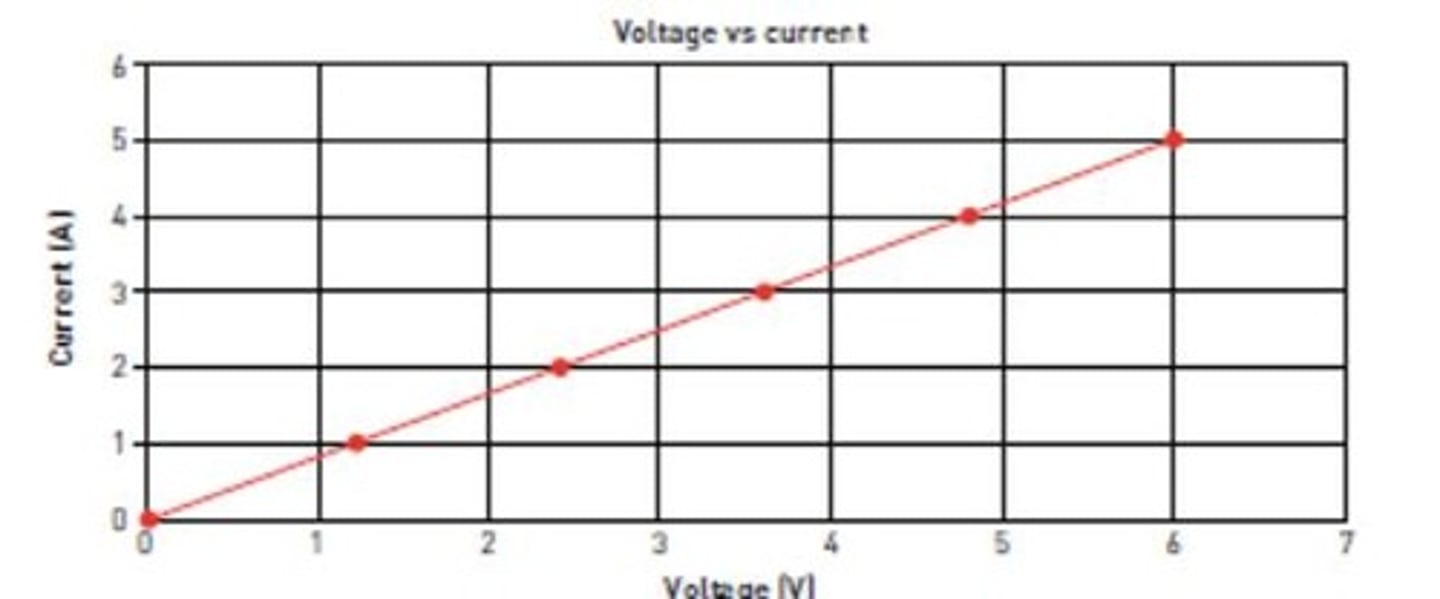
Ohmic Device
A device that follows Ohm's Law, where the current is directly proportional to the voltage.
Non-Ohmic Device
A device that does not follow Ohm's Law, where the resistance changes with voltage or current.
Fixed Resistor
A resistor with a constant resistance value that does not change.
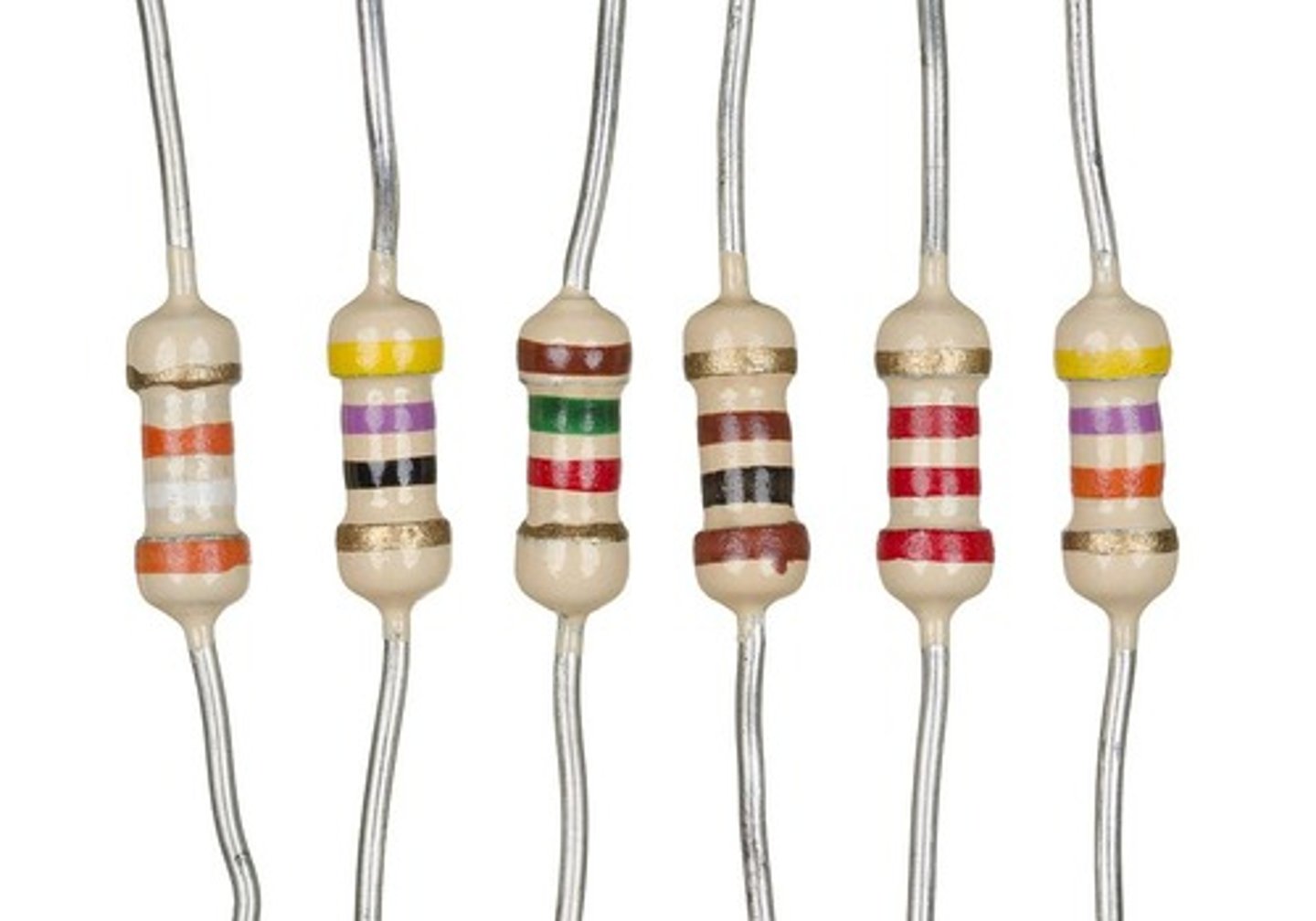
Variable Resistor
A resistor whose resistance can be adjusted.
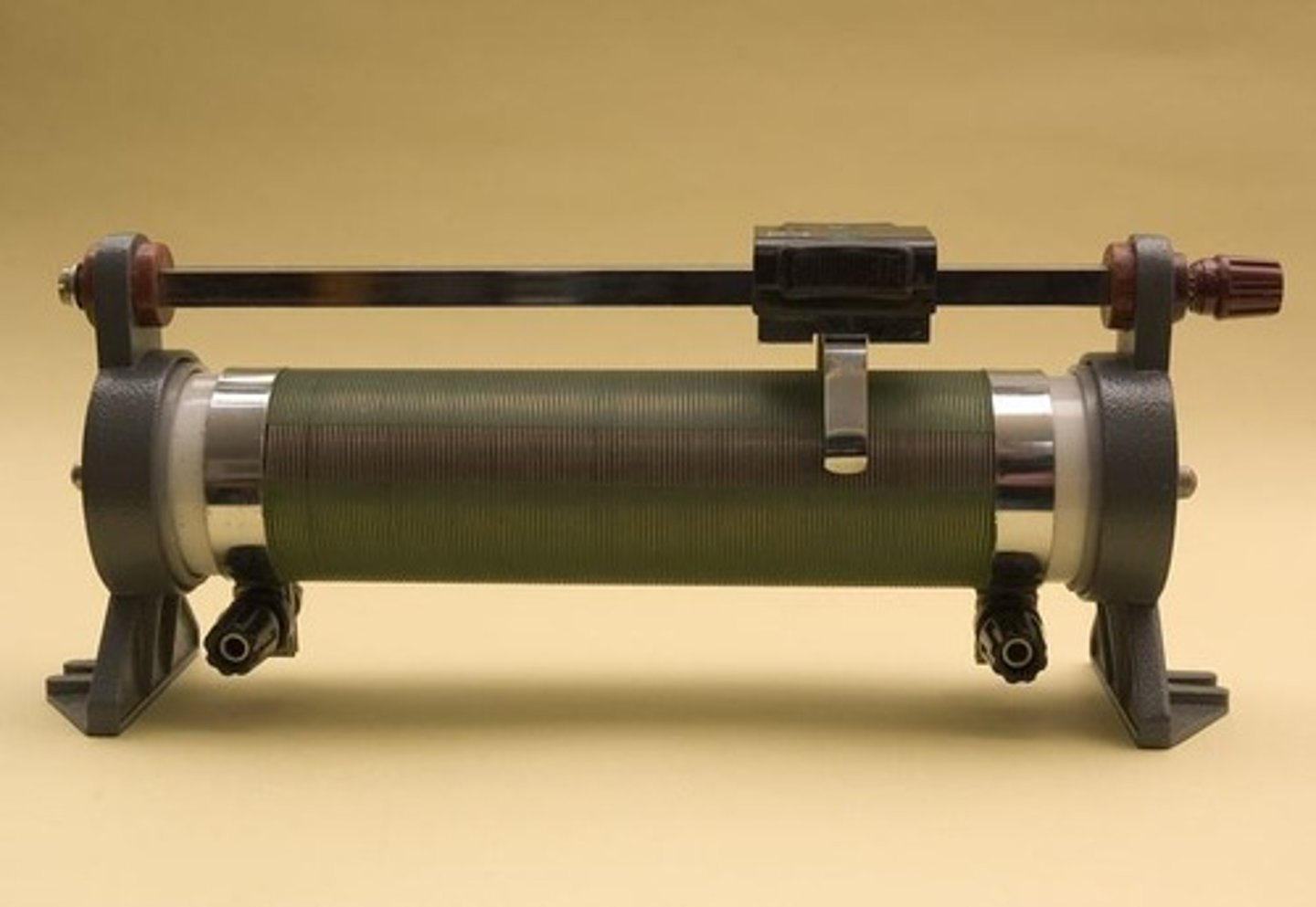
Gradient
The slope of a graph representing the relationship between two variables, such as current and voltage.
Electric Potential Difference
The difference in electric potential between two points, which drives the flow of current.
Energy Transfer
The process of converting electrical energy into other forms of energy, such as heat or light.
Joule
The unit of energy, equivalent to the work done when a force of one newton displaces an object by one meter.
Amperes
The unit of electric current, defined as one coulomb per second.
Voltage Controlled Switch
A device that operates based on a specific voltage threshold, turning on or off at that voltage.
Transistor
A semiconductor device used to amplify or switch electronic signals and electrical power.
Diode
A semiconductor device that allows current to flow in one direction only.